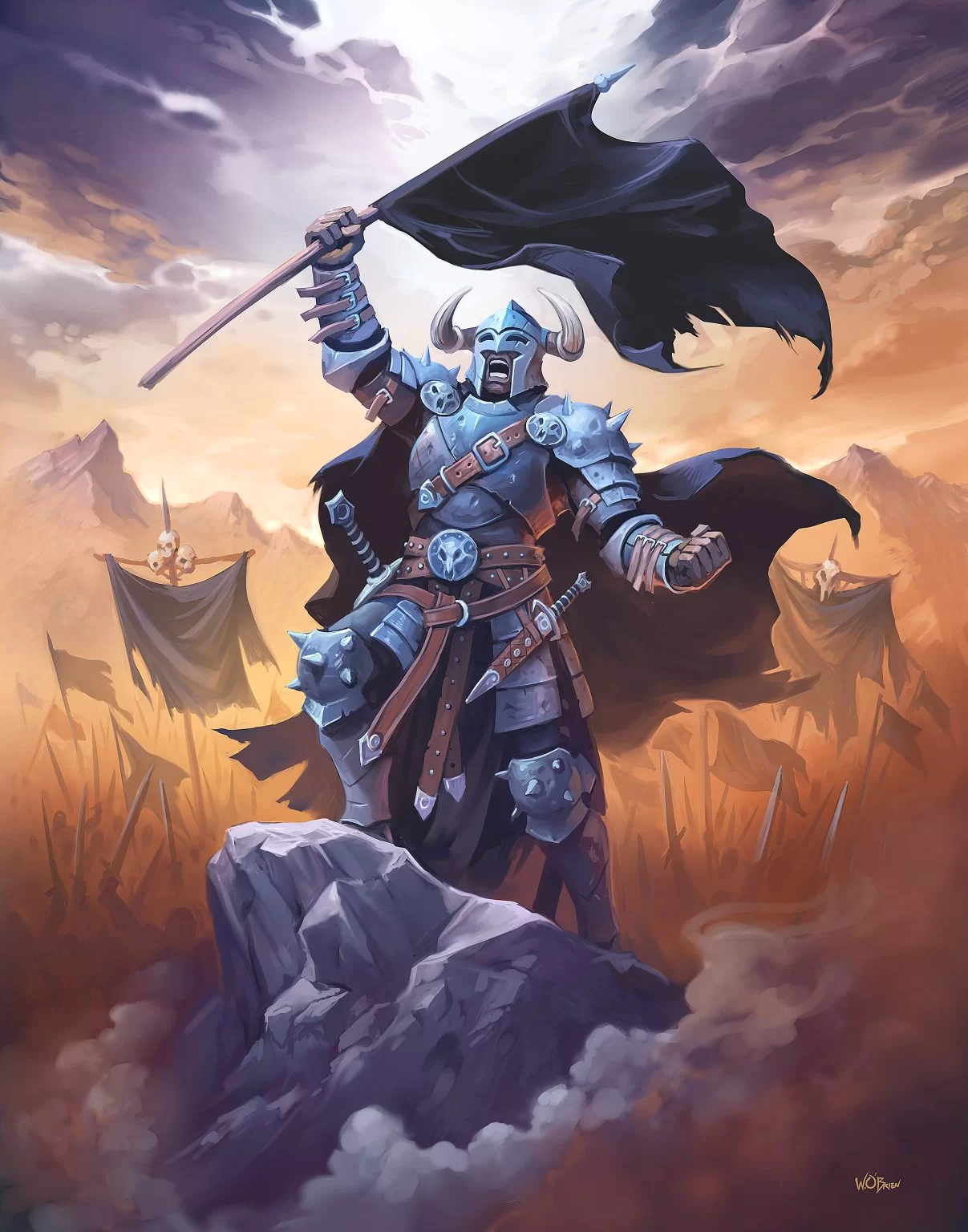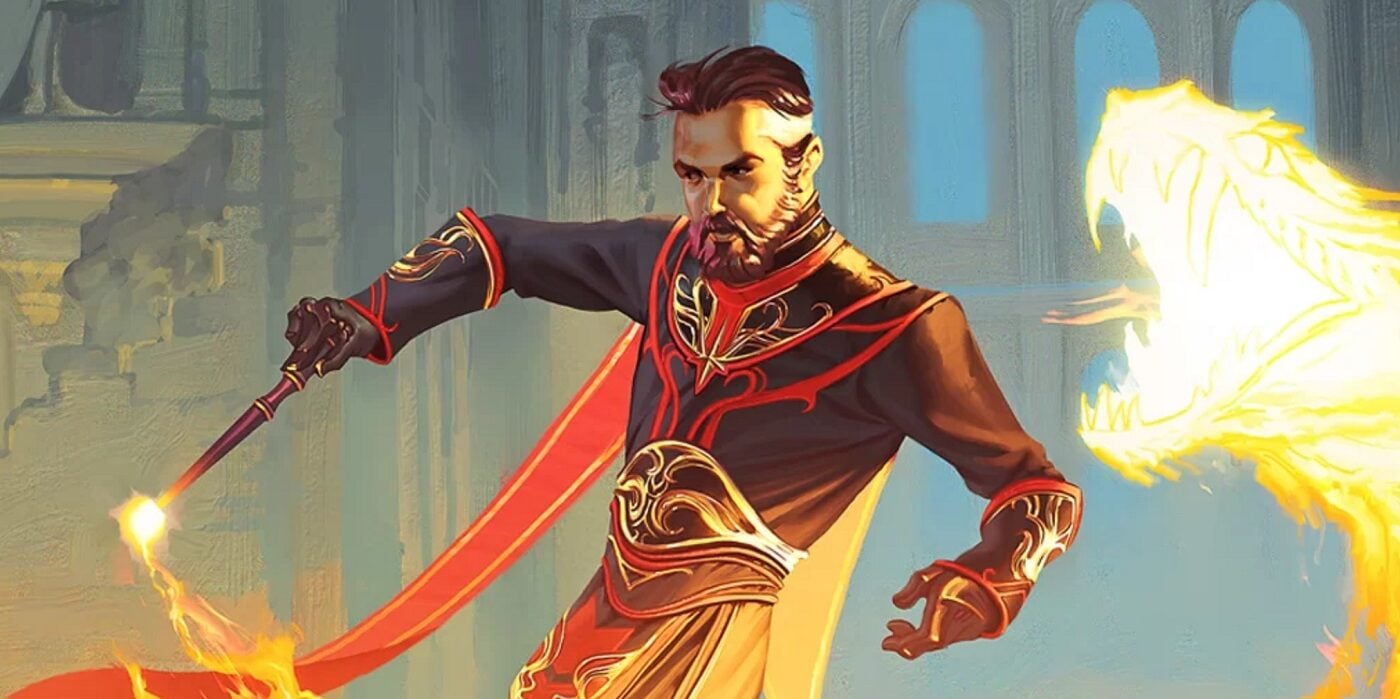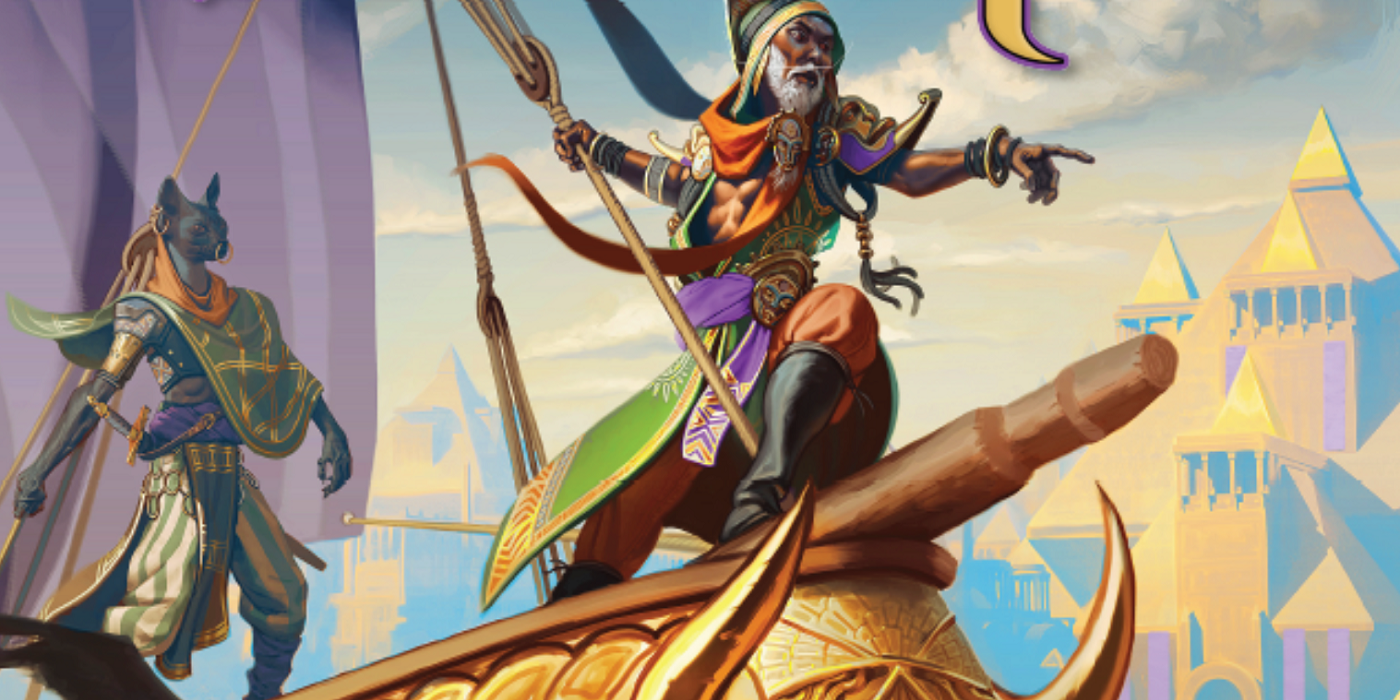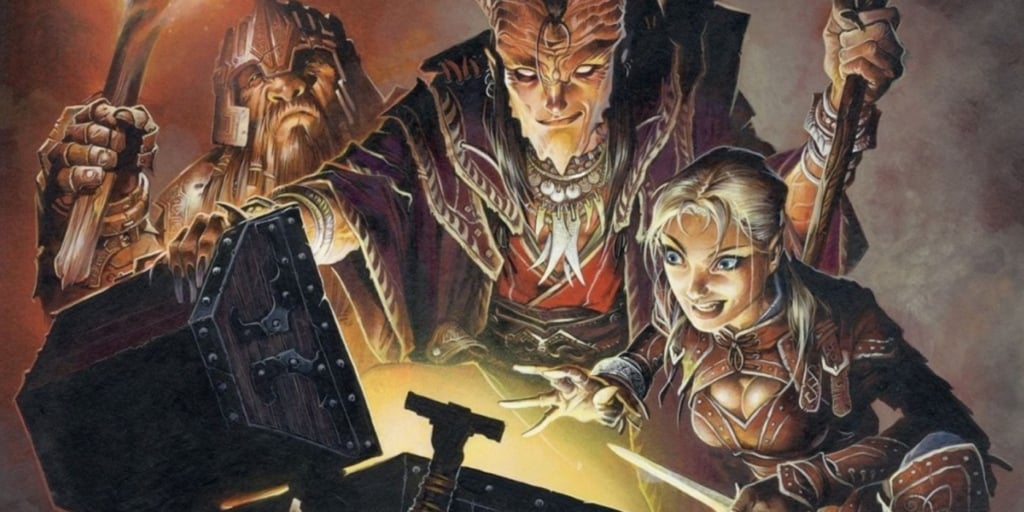Kobold Press’ Black Flag’s SRD is Here – It’s Very D&D With a Few Differences
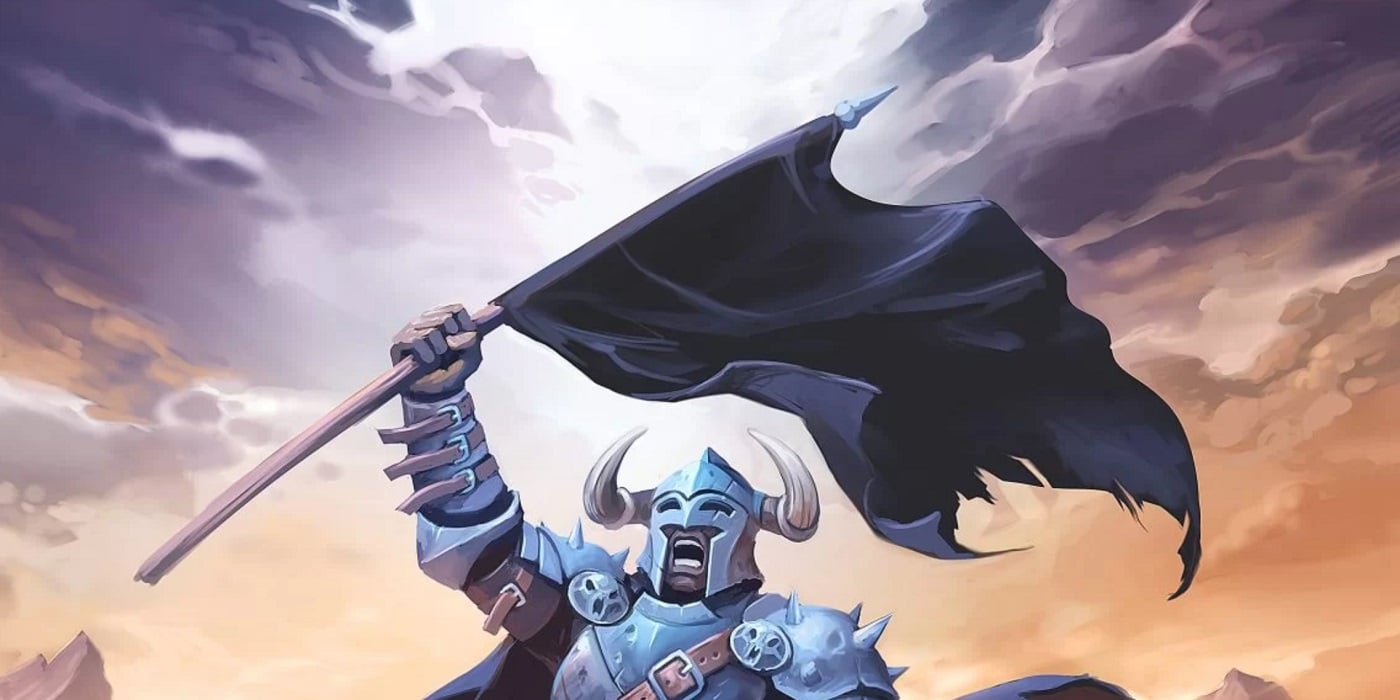
The first public Black Flag Roleplaying Reference Document is here to show off Tales of the Valiant in its first version glory.
Earlier this year, during the great OGL debacle of 2023, Kobold Press announced a brand new take on “classic fantasy gaming”. In a nutshell, they were already hard at work on their own D&D, and they unveiled it under the name Project Black Flag.
Eventually this became Tales of the Valiant, and thanks to a phenomenally successful Kickstarter, it’s going to be a reality full of bells and whistles. And last week, Kobold Press unveiled the Black Flag Roleplaying Reference Document. It’s the Black Flag SRD, and it shows you just what Black Flag will be all about. At least for right now.
Black Flag SRD – D&D With More Talents
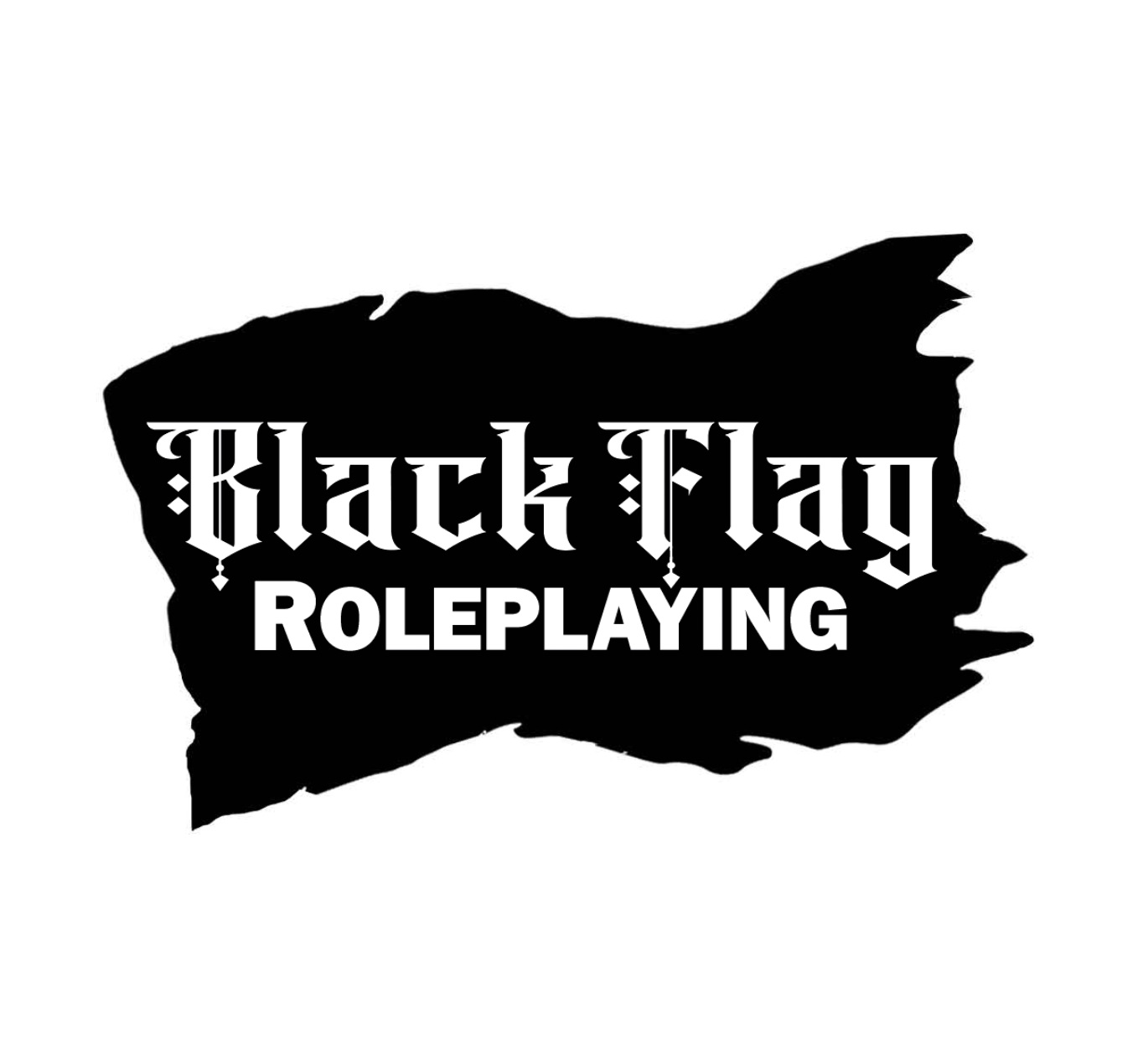
Before we get to it, a few things to keep in mind. Per Kobold Press, this is just the first version of the document. It’s built off of the public Alpha Release and is grouped together under the ORC license, meaning anyone can start playing and creating with these rules. Of course look for updates as the game nears its final version. But for now, let’s take a look.
In the document, we get a lot of the material from previous playtests, albeit with a bit of refinement. If you’re coming here from 5E D&D then this is all going to look very familiar. Kobold Press isn’t reinventing the wheel, just giving you more options for what kind of tires to use and how to decorate your rims.
But the core of the game is still roll a d20, add stat modifiers and proficiency bonus (if applicable) and you know the rest. The bones of 5E are the same bones as Black Flag. You’ll see the same six stats, the same basic classes. But the key to Black Flag lies in its differences.
So what are the differences? Well for starters, some are in the features of the classes. Fighters, for instance, have a Martial Action that gives them something to do with a bonus action, including letting you double your proficiency bonus on your next attack or make an enemy have disadvantage on an attack against one target. Wizards can sense magic like Detect Magic innately.
But these are just sort of surface differences. The real changes can be found deeper in the game. Talents take the place of Feats. You get one for having a background and one at levels where a character would typically gain a feat. By and large these talents are a little more flexible/broad than feats.
And you can find a few more differences in the core rules as well. As you spend time with the wrinkles of the game, Black Flag distinguishes itself more. But it never strays far from what D&D defined “fantasy gaming” as. Which is fine! They’re not reinventing the wheel, just giving new options for rolling.
Dive into the Black Flag!

